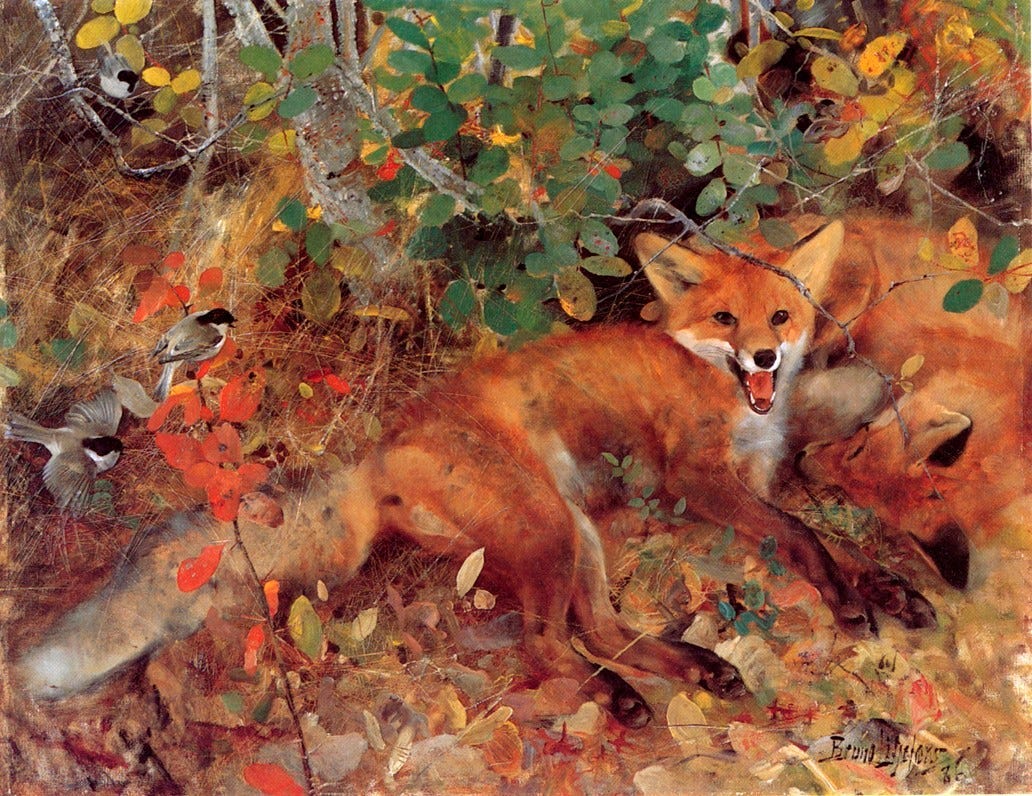Five Sublime Scandinavian Artists You’ve Probably Never Heard Of
Masters of light, colour and atmosphere
Dear Reader,
Scandinavian countries like Sweden, Denmark and Norway have created some of the most appealing, thoughtful and sublime works of art in the Western canon.
Yet many of these artists remain relatively unknown beyond their native shores. Here I’ve chosen five…
Keep reading with a 7-day free trial
Subscribe to Discover Art History - Christopher P Jones to keep reading this post and get 7 days of free access to the full post archives.


